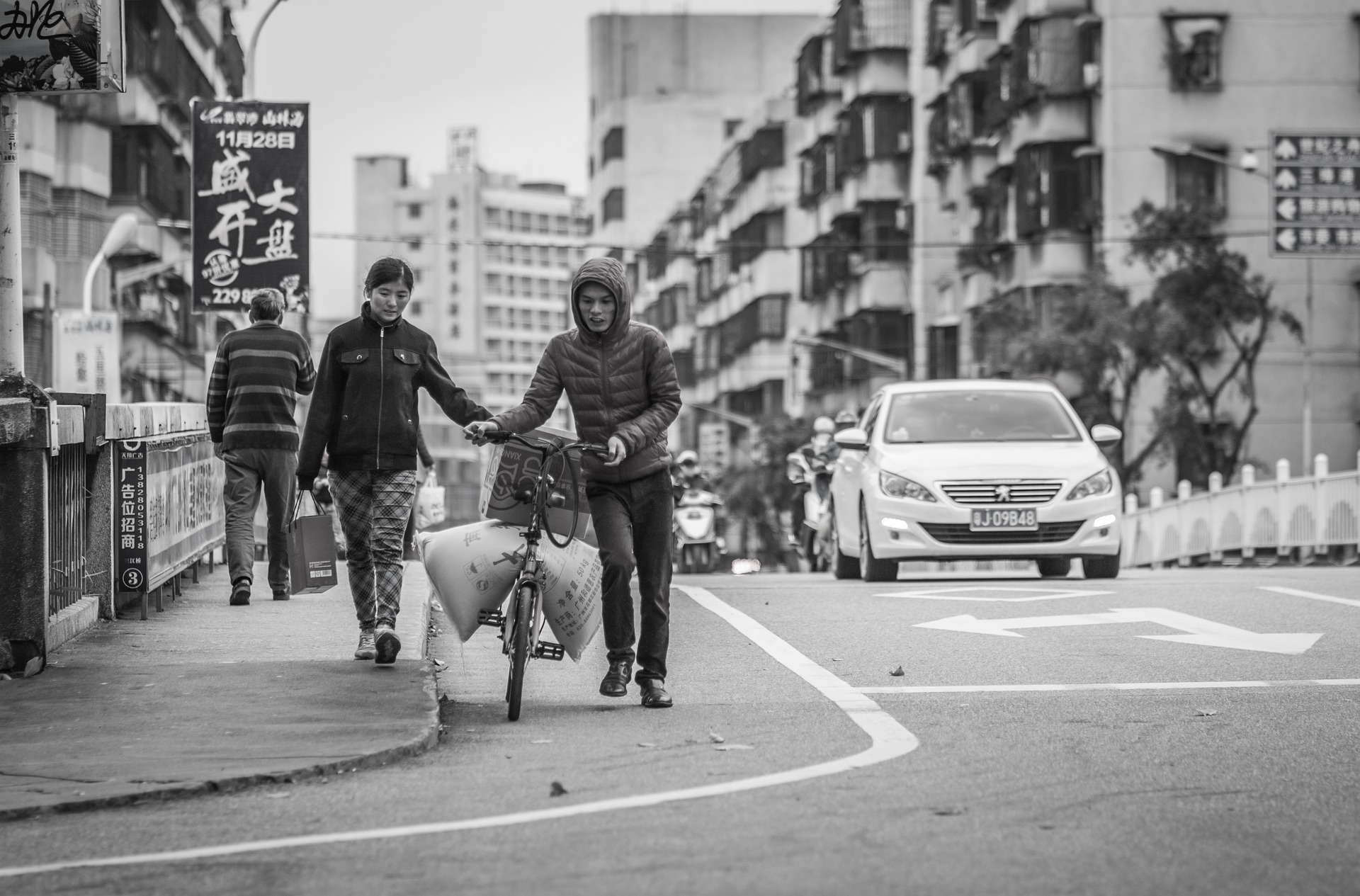Getting My Street Photographers To Work
Getting My Street Photographers To Work
Blog Article
Rumored Buzz on Street Photographers
Table of ContentsStreet Photographers Can Be Fun For EveryoneStreet Photographers for BeginnersSome Known Facts About Street Photographers.Street Photographers Fundamentals ExplainedAn Unbiased View of Street Photographers
A genre of photography that documents day-to-day life in a public area. The actual publicness of the setup allows the digital photographer to take honest photos of strangers, often without their expertise. Street digital photographers do not necessarily have a social purpose in mind, yet they like to isolate and record moments which may or else go unnoticed (Street Photographers).He was influenced by several of those who affected the road professional photographers of the 1950s and '60s, he was not mainly interested in recording the spirit of the street., who worked side by side with photographers attempting to catch the significance of metropolitan life.
As opposed to Atget, photographer Charles Marville was worked with by the city of Paris to create an encyclopaedic file of Haussmann's metropolitan preparation job as it unravelled, therefore old and brand-new Paris. While the photographers' subject was essentially the exact same, the results were substantially various, showing the impact of the professional photographer's intent on the character of the pictures he created.
Given the great quality of his pictures and the breadth of product, architects and artists commonly got Atget's prints to use as recommendation for their own work, though business interests were hardly his primary motivation. Rather, he was driven to picture every last residue of the Paris he enjoyed. The mingled passion and seriousness of his mission shine through, resulting in photographs that narrate his very own experience of the city, high qualities that prepared for road digital photography of the 20th century.
Some Known Details About Street Photographers
They expose the city through his eyes. His job and fundamental understanding of photography as an art kind worked as ideas to generations of professional photographers that followed. The next generation of road photographers, though they likely did not describe themselves as such, was introduced by the photojournalism of Hungarian-born digital photographer Andr Kertsz.
Unlike his peers, Brassa utilized a larger-format Voigtlnder cam with a longer direct exposure time, forcing him to be extra computed and thoughtful in his method than he could have been if using a Leica. (It is assumed that he may not have had the ability to afford a Leica during that time, however he did, however, utilize one in the late 1950s to take colour photographs.) Brassa's photos of the Paris underworld brightened by synthetic light were a discovery, and the compilation of the series that he published, (1933 ), was a major success.
Cartier-Bresson was a champ of the Leica camera and among the first digital photographers to maximize its capabilities. The Leica permitted the digital photographer to communicate with the environments and to record minutes as they happened. Its fairly little dimension additionally helped the digital photographer discolor right into the history, which was Cartier-Bresson's preferred technique.
The Street Photographers Ideas
It is as a result of this fundamental understanding of the art of photo taking that he is commonly attributed with finding the tool throughout once more about a century considering you could try this out that its invention. He took photographs for more than a half century and affected generations of professional photographers to trust their eye and intuition in the moment.
These are the inquiries I will attempt to respond to: And afterwards I'll leave you with my very own interpretation of road photography. Yes, we do. Allow's start with specifying what an interpretation is: According to (Street Photographers) it is: "The act of specifying, or of making something guaranteed, distinct, or clear"
No, absolutely not. The term is both restricting and misleading. Seems like a road photography should be pictures of a streets ideal?! And all street photographers, other than for a handful of outright beginners, will completely appreciate that a street is not the vital element to street digital photography, and actually if it's a photo of a road with perhaps a few monotonous people not doing anything of interest, that's not street digital photography that's a photo of a street.
10 Simple Techniques For Street Photographers
He makes a valid point do not you believe? While I concur with him I'm not certain "honest public photography" will catch on (although I do kind of like the term "honest digital photography") due to the fact that "road photography" has been around for a lengthy time, with lots of masters' names affixed to it, so I think the term is here to stay (Street Photographers).
Inside?! I hear you shout as you drink your clenched fist to the sky. Why not? You can contend the coastline, at a celebration, in a street, in a park, in a piazza, in a cafe, at a museum or Full Article art gallery, in a metro terminal, at an event, on a bridge, that site under a bridge ...

The smart Trick of Street Photographers That Nobody is Talking About

Report this page